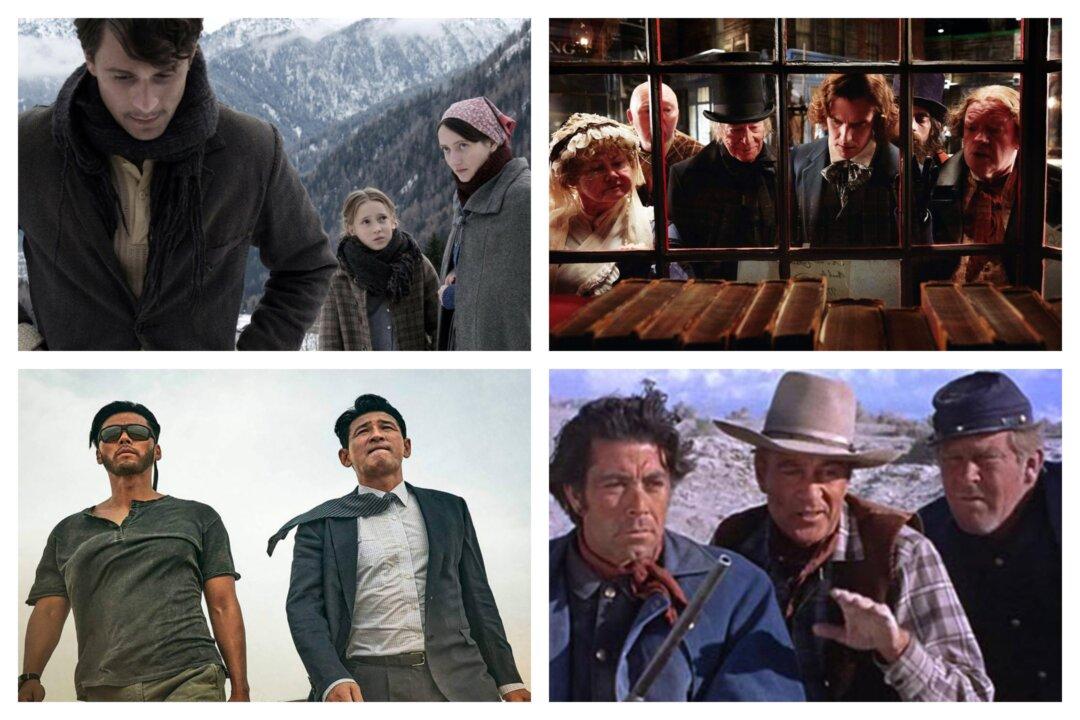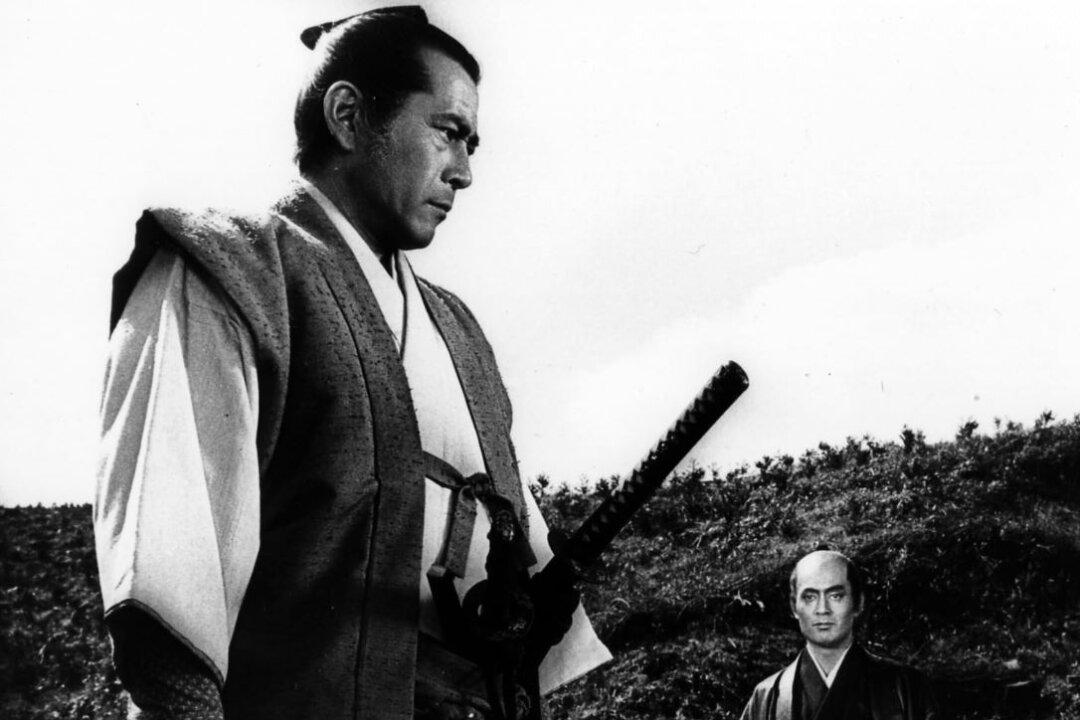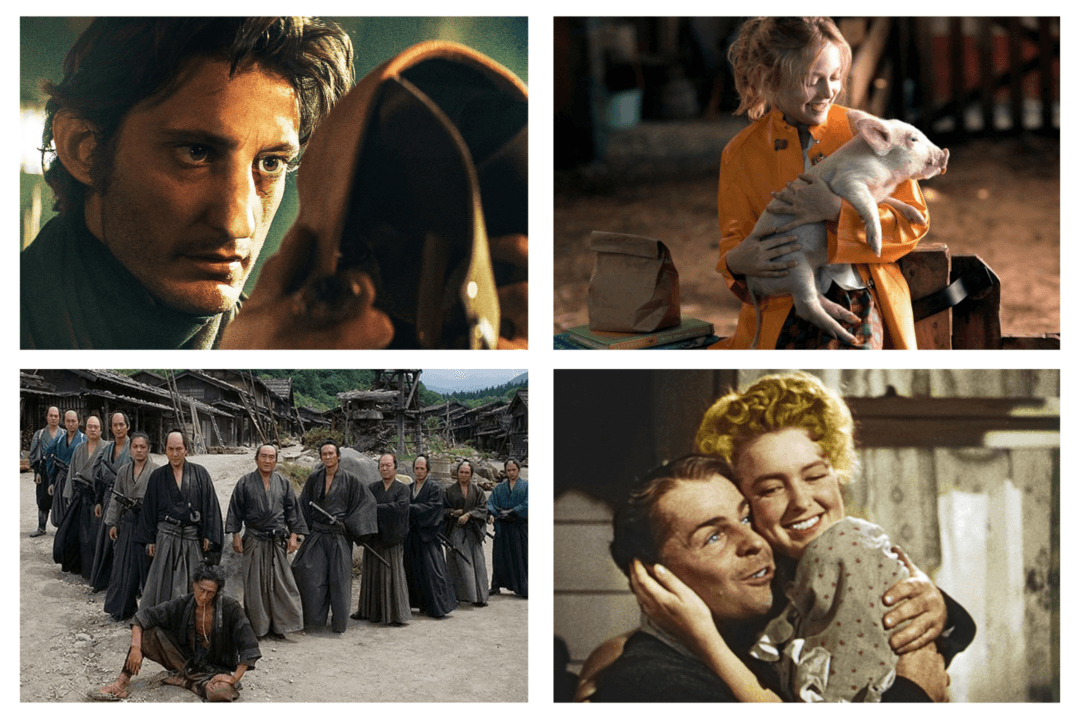With the recent advent of rampant cancel culture and the frenzied banning of conservatives (all across social media and media in general), and, for that matter, anyone who doesn’t bow to the globalist narrative, people are seeking out truth in journalism in increasing numbers.
What’s interesting is that there were warning signs that accurately showcased (and warned about) the extreme dangers posed to truth-seeking journalists years ago—but they largely went unheeded. Such is the case with a fascinating documentary that flew under the radar back in 2013, titled “Killing the Messenger: The Deadly Cost of News.” This is a film that is more relevant than ever.

If investigative journalists want to get to the heart of some of the murkier stories out there, they sometimes have to take enormous risks. That means risking kidnapping, torture, and death. Kidnapping is especially popular since it allows the kidnappers to fetch hefty ransoms for the safe return of the journalists they hold hostage.
As the film describes the situation, murder is the number one work-related cause of death among journalists—especially as censorship rises each and every year. Death isn’t the only concern, however. Hundreds of journalists have been physically assaulted, received death threats, and/or snatched off the streets and imprisoned, in order to extort money from concerned parties.
Places with shifting socio-political landscapes or extreme authoritarian governments, such as Russia, Mexico, Cuba, Venezuela, China, North Korea, Iraq, Syria, Afghanistan—and even first-world countries such as Canada, and ANZAC (Australia and New Zealand), are particularly dangerous environments from which to report. In some cases, bravery and curiosity can work against those seeking to uncover shady enterprises and dastardly deeds.
As investigative journalist Kimberly Dozier (who was critically wounded by a car bomb in Iraq) says, “if you want to get to some of these stories, you have to take the risks of the people who are living through the same thing. And sometimes that means risking torture, risking kidnapping … risking death.”

The documentary features the usual talking head interviews that are typical of these types of documentaries, interspersed with compelling footage. However, one thing I found confusing about this film was its use of unidentified footage: images of people being held captive or lying on the ground either dead or injured, with no information on who they were.
For instance, I saw a striking image of three men in a desert environment—two Middle Eastern insurgent types pointing their AK rifles at a man seated on the dunes between them. Who was their captive? Why was he being held at gunpoint? Was he a journalist and did he survive? The audience is left to wonder.
To its credit, however, the film features some great interviews with journalists who describe what it is like to report from dangerous conflict zones overseas. It’s a very fascinating look at what they experienced, and in some cases, reveals why they chose such a potentially deadly profession.

In the end, this film does a good job of showing what journalists go through in order to cover important stories in dangerous, unstable environments. There are many brave people doing extraordinary reporting work around the world, unseen by the general public.
Censorship continues to grow at an alarming pace throughout the world. As fearless information warriors are increasingly targeted, this documentary is more important than ever.
--





